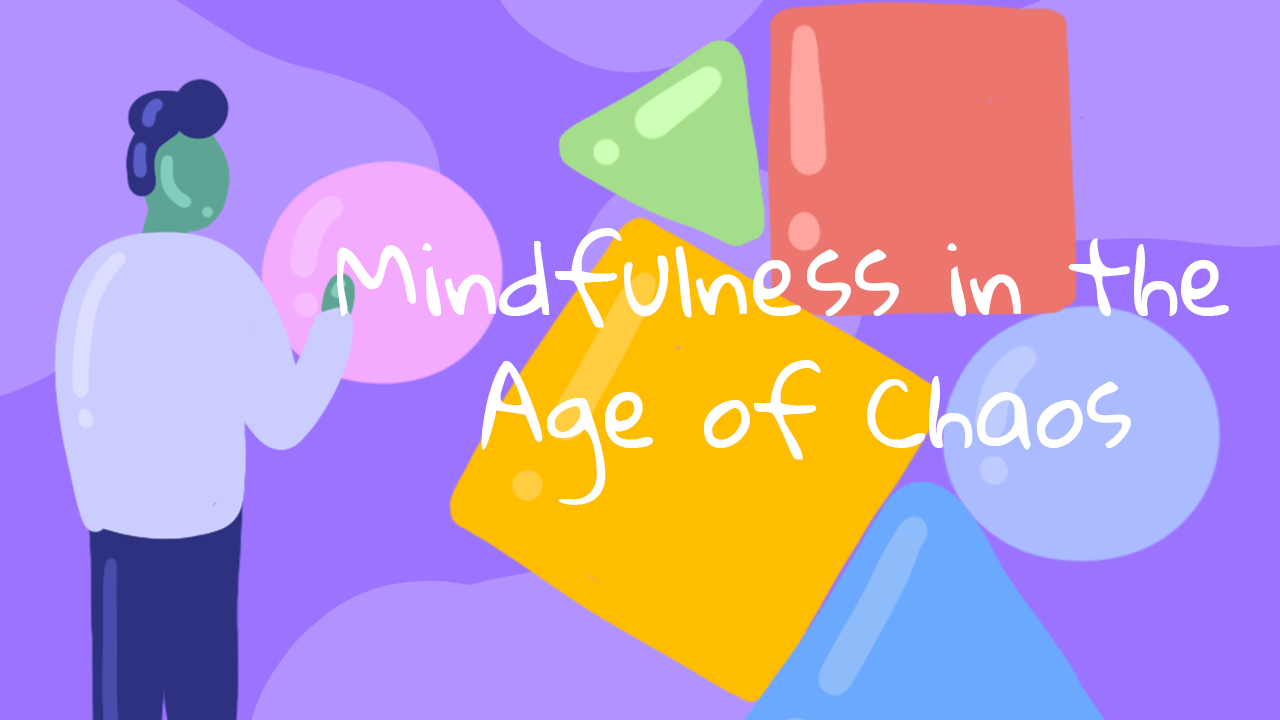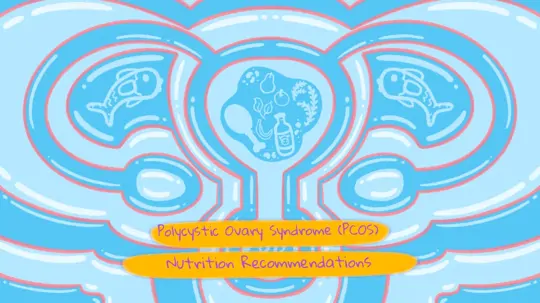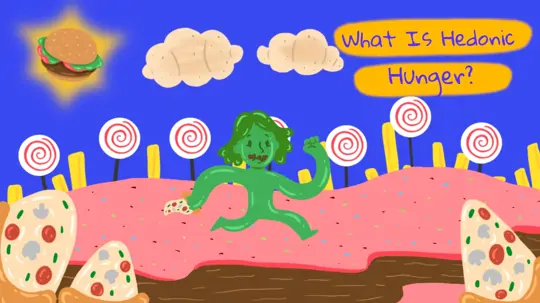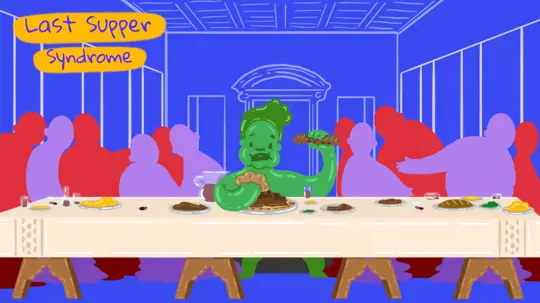
Start feeling better today!
Connect with your therapist today and take control of your life like our 850.000 happy clients.
Get StartedWhat is Mindfulness?
Before we explain what mindfulness is, we can talk about what it is not. First of all, mindfulness is not a technique of not thinking about anything. Contrary to popular belief, the first teaching of mindfulness studies is to pay attention to and focus on all internal and external experiences at any given moment1.
Mindfulness is not in an effort to affirm everything. Rather, it tries to allow us to see things as they are. It requires observing and allowing not only positive thoughts but also negative experiences.
Finally, mindfulness doesn't teach you to just relax. Rather, it focuses on recognizing old, ingrained, and automatic emotional and behavioral responses as they occur. It requires not just relaxation, but being in the moment and attention to all incoming and outgoing experiences in the moment1.
Scientific Research on Mindfulness
Experimental and model studies are conducted for revealing the benefits of mindfulness.
Experimental Studies
It has been seen in studies conducted for a long time that mindfulness increases competence, decreases accidents, increases positive emotions in individuals, decreases memory problems, increases creativity, and increases life expectancy in general2. There is also a lot of experimental research within the framework of neuroscience on mindfulness.
The first of these is the increase in gray matter, which is responsible for information processing in the brains of participants, after 8 weeks of mindfulness training. In the study, it was noticed that the gray matter increased mostly around the hippocampus3. The hippocampus is a part of the brain that deals with memory and emotions, but also appears to shrink when exposed to depression and chronic stress4.
In other words, every bit of gray matter lost in the hippocampus is alarming for our psychological health. All this information shows us that with the implementation of mindfulness practices, we can improve our resilience and coping skills against difficulties.
In another experiment, the brain structures of two groups that did and did not participate in mindfulness practices were compared. People who participated in mindfulness practices showed improvements in the anterior cingulate cortex, which is responsible for empathy, controlling impulses, regulating emotions, and decision-making processes5.
Model Studies
In the scientific framework, mindfulness studies have only progressed through empirical means, and some explanatory models have also been created. These models show the changes that occur as a result of mindfulness6:
Psychological Resilience
It means letting unwanted thoughts and feelings be there instead of using unhealthy ways to deal with them. It also means building up your resistance to these bad things and bad things that happen in life.
Emotion Regulation
Emotion regulation is the effort to express one's own or others' feelings, as well as to change and influence one's own feelings. In other words, it means being able to control your emotions. It starts with the individual's realization, acceptance, and experience of their own emotions. With this awareness, the ability to consciously express and change emotions is called emotion regulation.
Self Compassion
Self-compassion is the ability of an individual to treat themselves kindly without judging themselves, and to stay conscious in those situations without escaping or getting lost in challenging situations. Self-compassion is the ability to provide ourselves with the kindness and support we need when we go through difficult things.

To be able to stand up for small or big defeats, to control our anger, or to be able to love and hug ourselves—these are the things we often need in difficult times, right? You say to yourself, "I know this, but sometimes something happens that I can't stay conscious of." This situation is explained by the inability to adapt to changes in mindfulness practices4.
Life is a change. Your personality, your expectations, everything around you can change, and the bad news is that it does. We do not know whether a stable life is the truth, but when we face the fact that it is not the truth, our mind, which is burning with the desire to control everything, gets very tired. Mindfulness tells you to be aware of change. However, an unconscious mind will not even notice these changes7.
Periods of turmoil and chaos often require perceiving their yields, responding accordingly, and regulating emotions. It is up to us to see and notice the changing components in the moment, instead of constantly wandering around in our routines and reacting impulsively. In this way, we can keep our mental health flexible and resilient.
As a result, we do not blame ourselves; we can show ourselves compassion. When things are not going the way we want, that is, when we feel like a mess, we can switch our minds from the habitual mode of doing to the mode of merely being. We can remember that the mode of doing, which we are often influenced by and which often helps us get to work and meet our basic needs, does not help because it forces us to do our best to cope with difficult times.
What Are the Benefits of Mindfulness?
- Reducing anxiety and worry
- Stress alleviation
- Creativity
- More positive human interactions
- Improvement of memory and cognitive functions
- Sleeping more comfortably and with higher quality
- Better quality of life

Conscious Awareness Techniques
We hope that those who have read this article understand that it will be beneficial for us to be in the moment, to be involved in what we are doing, and to keep our minds active.
Another problem we face after understanding these is how to become aware of times when we are not in the moment and our minds are almost passive. Here are some tips on how to recognize these times8.
Breath of Mindfulness
Concentrate only on your breathing while sitting quietly and comfortably. If you wish, repeat a word or phrase you have adopted. The thoughts that fill your mind can take your focus from your breath. Realize this and focus on your breathing again.
Sensory Mindfulness
Concentrate on each of your five senses individually while still sitting quietly and comfortably. First, look at the objects around you. Just focus on what you see. Then, take a deep breath and notice all the smells around you. So what do you hear?
To help your hearing, close your eyes and focus only on the sounds. Touch objects near you. Focus on how they make you feel. If you have something to taste or drink around, take a sip. Concentrate on the sensations in your tongue and palate.
Emotional Awareness
Sometimes, when we are flooded with emotions, it can be hard to control them. When we feel like we are losing control, we might focus on stimuli such as the phone and television and avoid emotions completely. However, this is part of a vicious circle that could get worse and worse.
To break it, you have to start somewhere. At a time when you are flooded with negative emotions but are trying to escape from them, stop. Accept all the negative emotions induced by difficult situations one by one.
Then name them: fear, hatred, anger, sadness, pain, disappointment. These are not feelings that should never be experienced; they are a part of life. Feel all the emotions you experience for mindfulness. As the minutes and hours pass, notice that their effect on you lessens.
If you can't understand the emotions you are feeling in the moment you are in, it may be necessary to pause and observe them. Sometimes, if you find yourself criticizing and constantly judging yourself and others, this is again a signal your system is sending you to question what you actually want and focus on feelings about it.
Sometimes we feel that we can't control our behavior, which again welcomes mindfulness. All of these are situations that can only be noticed if you listen to yourself and get behind the wheel instead of on autopilot.
From Buddha to the Age of Chaos: Mindfulness
Though this journey started by thousands of years of Buddhist teachings has changed its name to this day, it says the same thing: It is impossible to prevent difficult emotions, thoughts, and experiences.
Rather than being a prisoner of these emotions, it is your choice to be aware of them and live by seeing them and thus controlling them. John Milton has a quote to describe this in his book Paradise Lost: The mind can make heaven into hell and hell into paradise.
Turning hell into heaven and not making heaven into hell is possible with a mindful life. You don't need a degree or to practice yoga every day to live consciously and reap the benefits. You can start mindful living right now by listening to and seeing yourself!
Sources
- Vreeswijk, M., Brorsen, J. & Schurink, G. (2019). Mindfulness and Schema Therapy. Psychonet Publications. Istanbul.
- Langer, E. J. (2000). Mindful learning. Current directions in psychological science, 9(6), 220-223.
- Hölzel, B., K. (et al.) (2011). Mindfulness Practice Leads to Increase in Regional Brain Gray Matter Density. Psychiatry Research.
- McEwen, B.S. & Gianaros, P.J. (2011). Stress and Allostatis Induced Brain Plasticitiy. Annual Review of Medicine.
- Davidson, R. J., Kabat-Zinn, J., Schumacher, J., Rosenkranz, M., Muller, D., Santorelli, S. F., ... & Sheridan, J. F. (2003). Alterations in brain and immune function produced by mindfulness meditation. Psychosomatic medicine, 65(4), 564-570.
- Baer, R. A. (2010): Assessing Mindfulness and Acceptance Process in Clients: Illuminating the theory and practice of change. Oakland: New Harbinger.
- Beard, A. & Langer, E. (2017). mindfulness Harvard Business Review.
- Baer, R. A., Smith, T., Hopkins, J., Krietemeyer, J. and Toney, L. (2006). Using self-report assessment methods to explore facets of Mindfulness. Assessment, 13.





